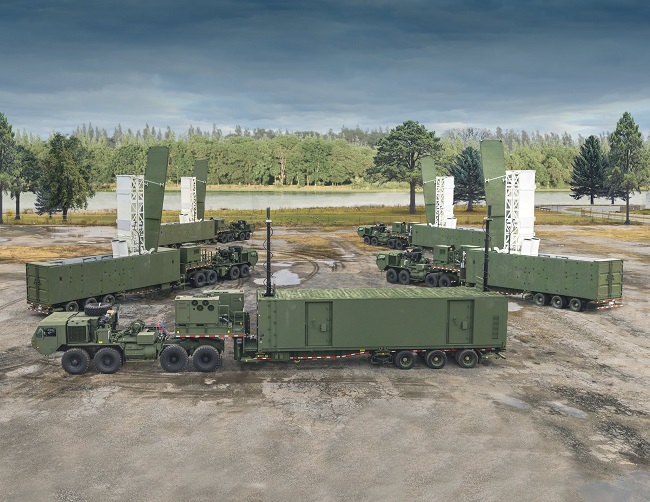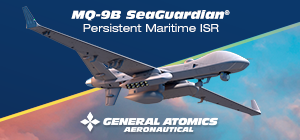
The US Army has deployed for the first time outside the United States a TYPHON Medium Range Capability battery, a land-based missile system that has the distinction of being the first US system to exceed the range limits set by the now defunct Intermediate-Range Nuclear Forces (INF) Treaty. The deployment in the Philippines, on the island of Luzon, which started on 11 April, is part of the SALAKNIB 2024 exercise and also represents a key moment for the Multi Domain Task Force concept, to whose Strategic Fires battalions the TYPHON batteries respond in addition to the, not yet operational, hypersonic DARK EAGLE batteries. This first deployment is in fact led by the 1st Multi Domain Task Force stationed at Joint Base Lewis McChord in Washington State. The Medium Range Capability programme emerged from the ashes of a previous programme, launched in 2020 but then almost immediately terminated, for the acquisition of a ground-launched missile with ranges of up to 3,000 km. TYPHON represents a less ambitious and costly solution, made possible by the adoption of missiles already in service with the US Navy, namely the TOMAHAWK and SM-6. On 6 November 2020, Lockheed Martin received the first 339 million contract to develop a land launcher capable of employing these two munitions. Each mobile battery, whose components can be transported by air on C-17s, deploys 4 launchers and a Battery Operations Centre (BOC) command post. Each launcher has 4 cells substantially similar to the well-known naval MK41. The missiles are contained in the same canister-launchers used on ships and are stowed horizontally inside 40-foot containers, potentially 'anonymous' and easy to conceal. The canister-launchers are transported on trailers pulled by Oskhosh Heavy Expanded Mobility Tactical Truck (HEMTT) M983A4 tractor units. The same trucks are used for the PATRIOT batteries and are also intended for the new DARK EAGLE hypersonic missile batteries. Once erected, the 4-cell launcher presents itself as a rather simple metal structure that is decidedly different from the traditional naval MK41 module, which, as is known, combines two rows of 4 cells with a central duct that allows flames and smoke to be vented upwards at launch. Instead, the land launcher vents the flame thanks to 2 ducts that rise from the bottom of the structure and vent at mid-height, under the 'belly' of the 4-cell block.








.png)
